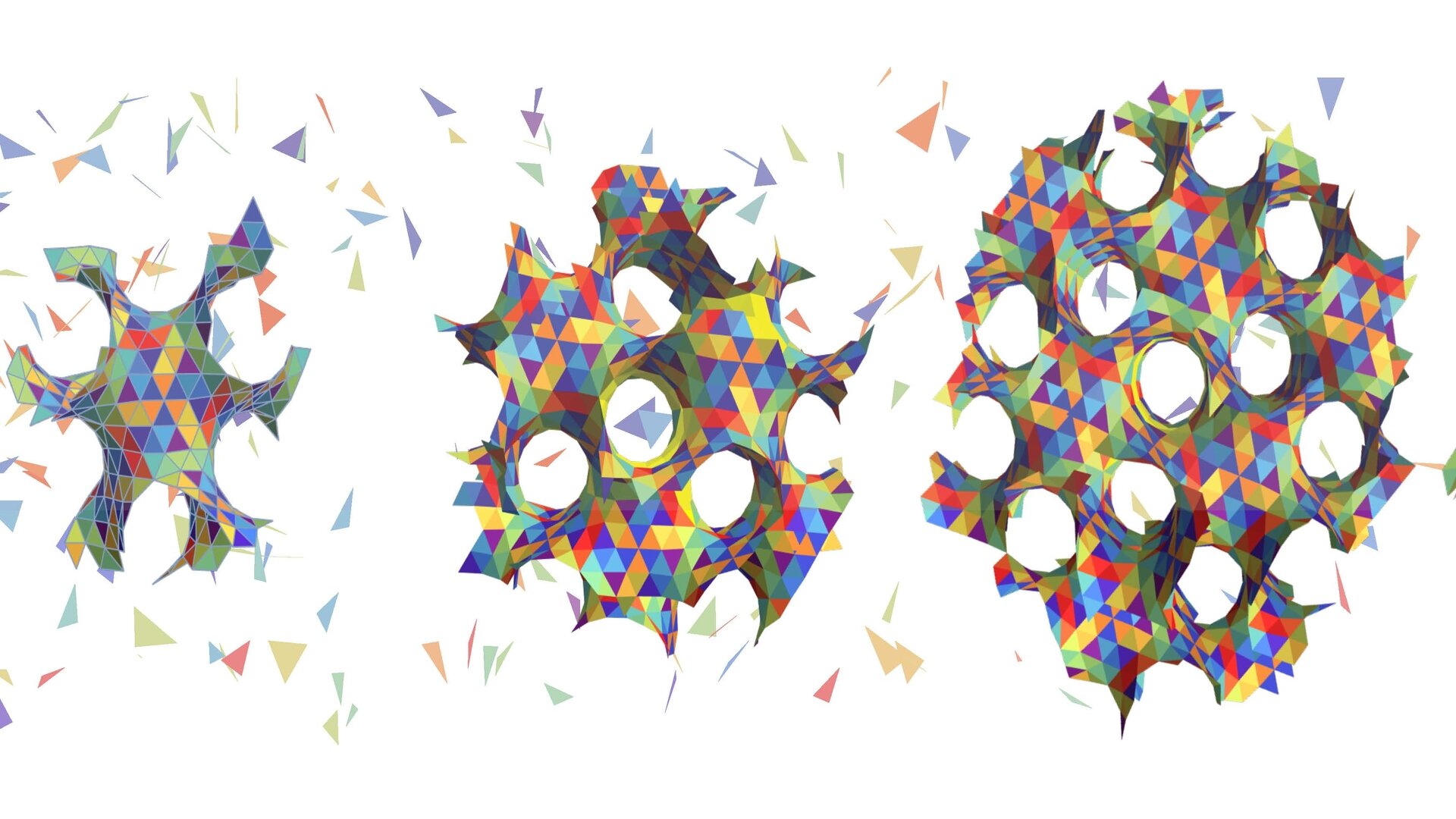A groundbreaking team of researchers from the University of Massachusetts Amherst has looked to nature for inspiration in creating a new class of spongy materials that can self-assemble into intricate structures. Drawing from the patterns found in 12-sided dice and potato chips, they have expanded on existing design principles to achieve this remarkable feat.
The quest to mimic nature’s ability to produce complex self-assembling materials has long been a goal in materials science. Just like the nanostructures on a butterfly’s wings that determine its unique coloration, these new materials have the potential to offer a wide range of functions through their precise construction.
Professor Greg Grason, the senior author of the study and an expert in polymer science at UMass Amherst, explains the team’s inspiration from virus self-assembly. Viruses, despite their potential health risks, possess a remarkable ability to self-assemble with a specific design that allows them to function effectively. By emulating this ‘self-closing’ mechanism, the researchers aim to create materials that can autonomously form into desired shapes, opening up new possibilities for engineered geometries.
Collaborating with researchers from Brandeis and Syracuse universities, Grason’s team, which includes co-lead authors Carlos M. Duque and Douglas M. Hall, is at the forefront of this innovative approach. By taking cues from viruses and adapting them to create unique structures, they are pushing the boundaries of materials science.
2024-04-30 11:00:03
Source from phys.org
